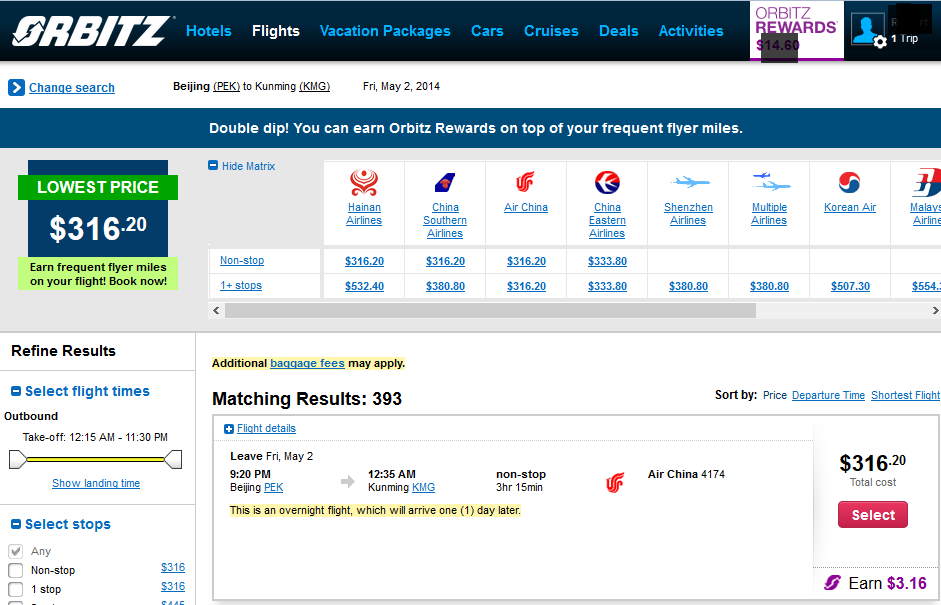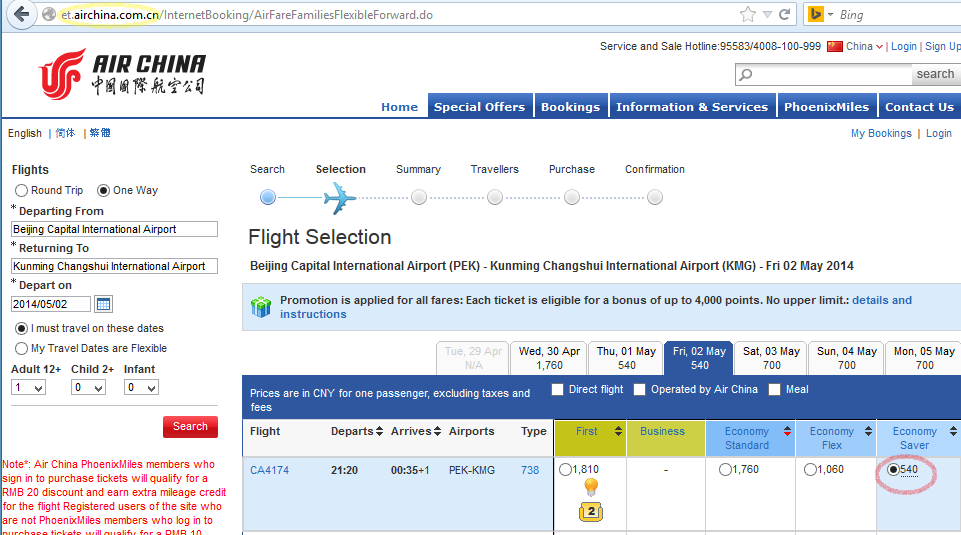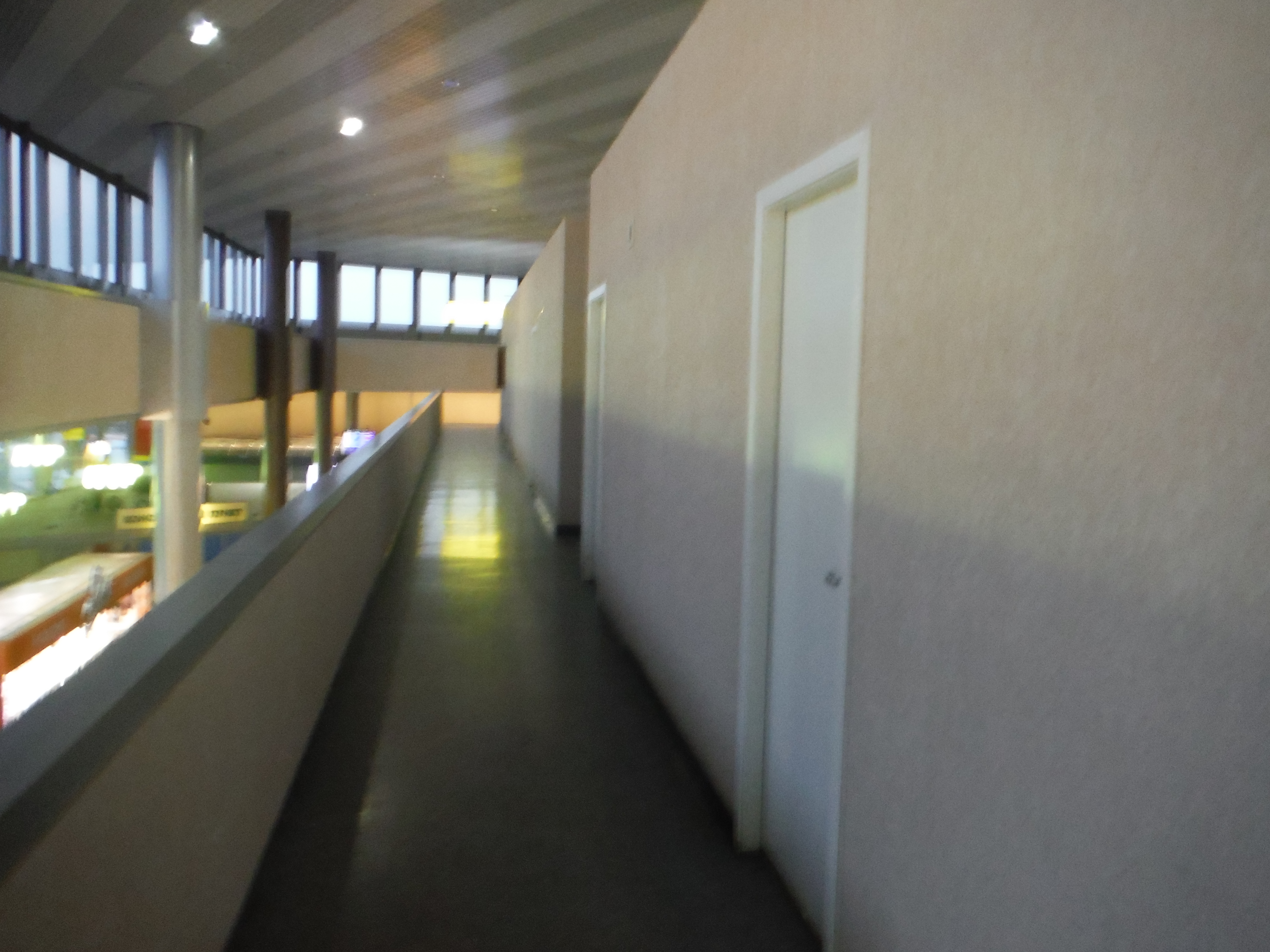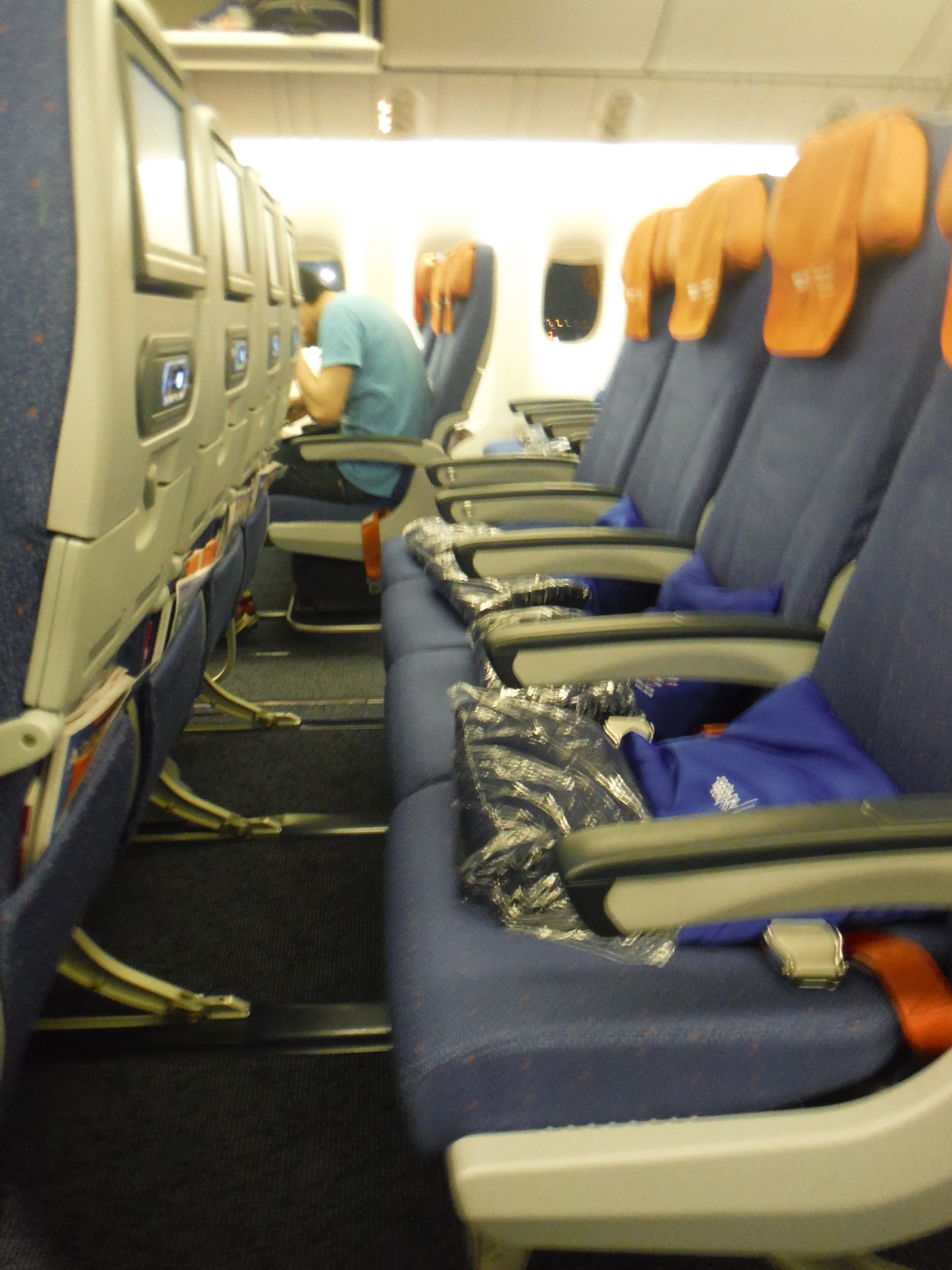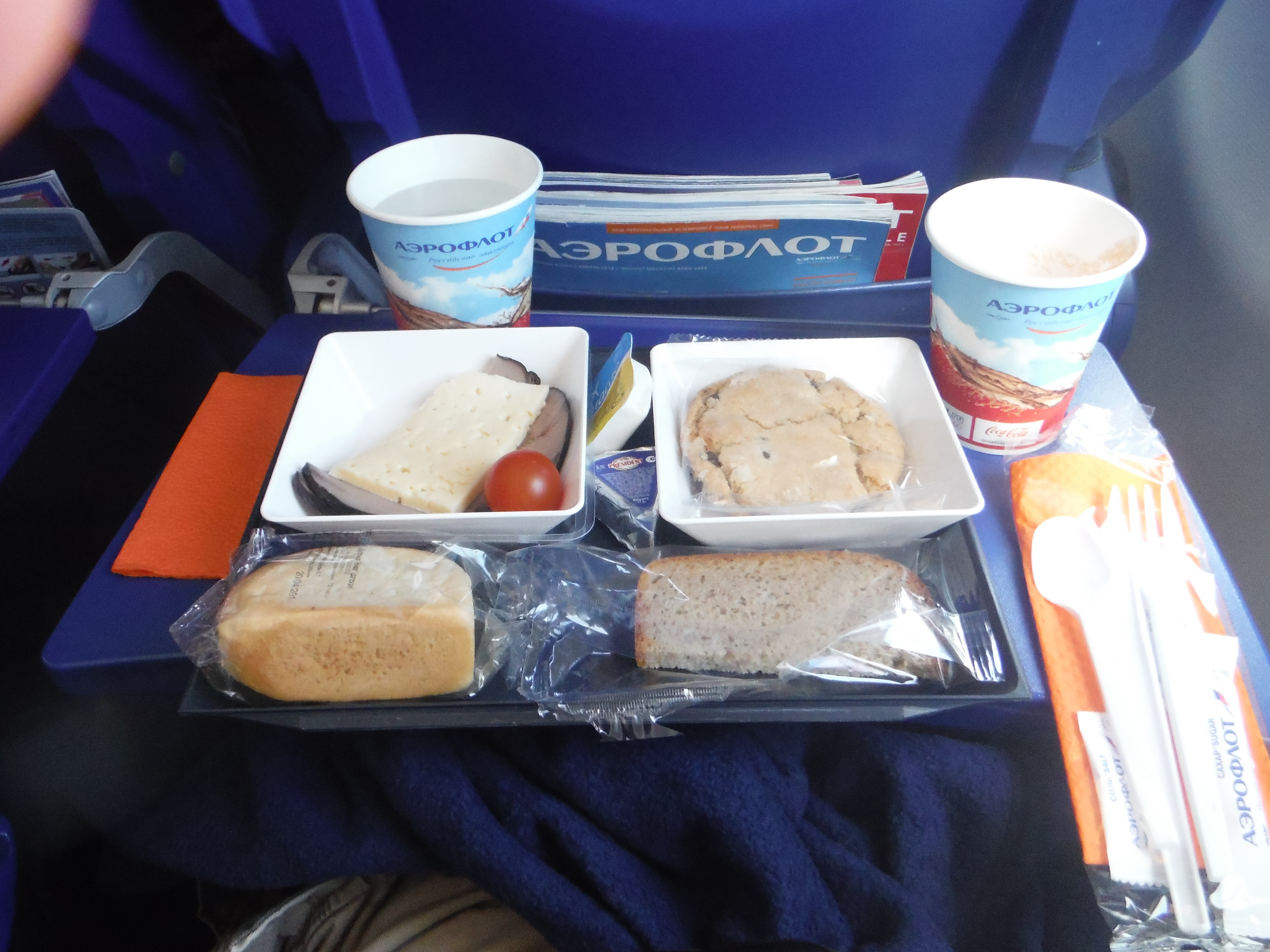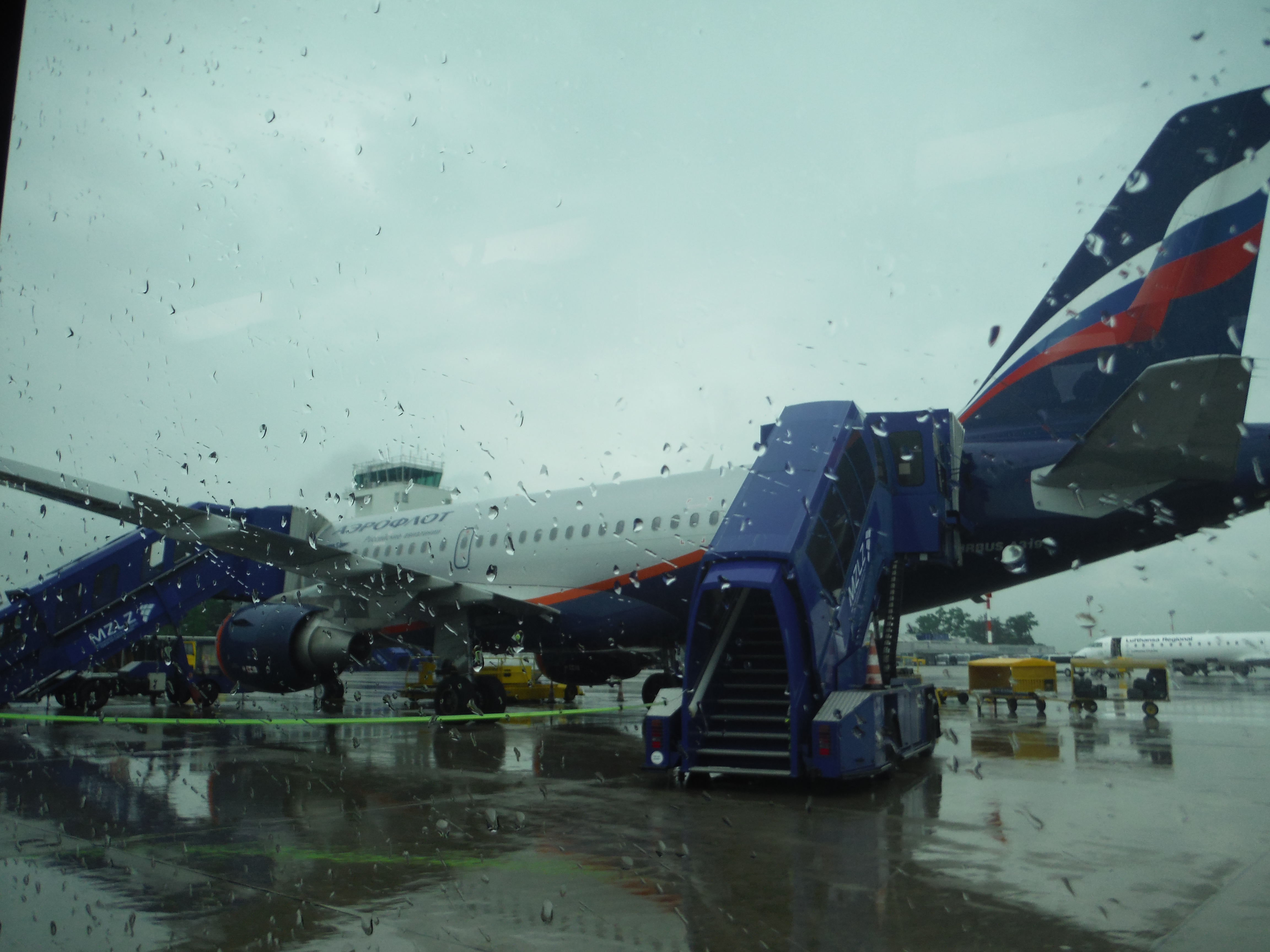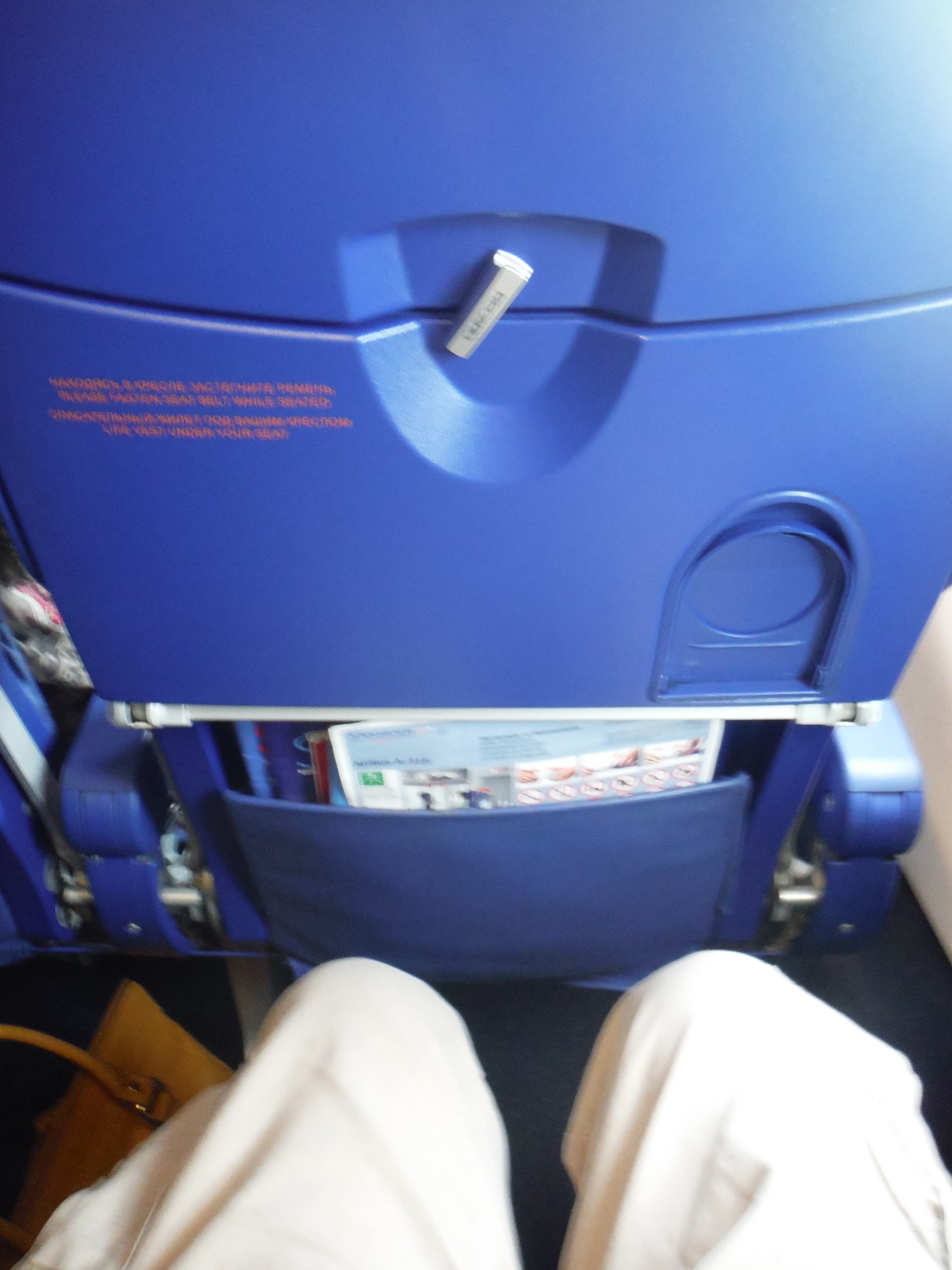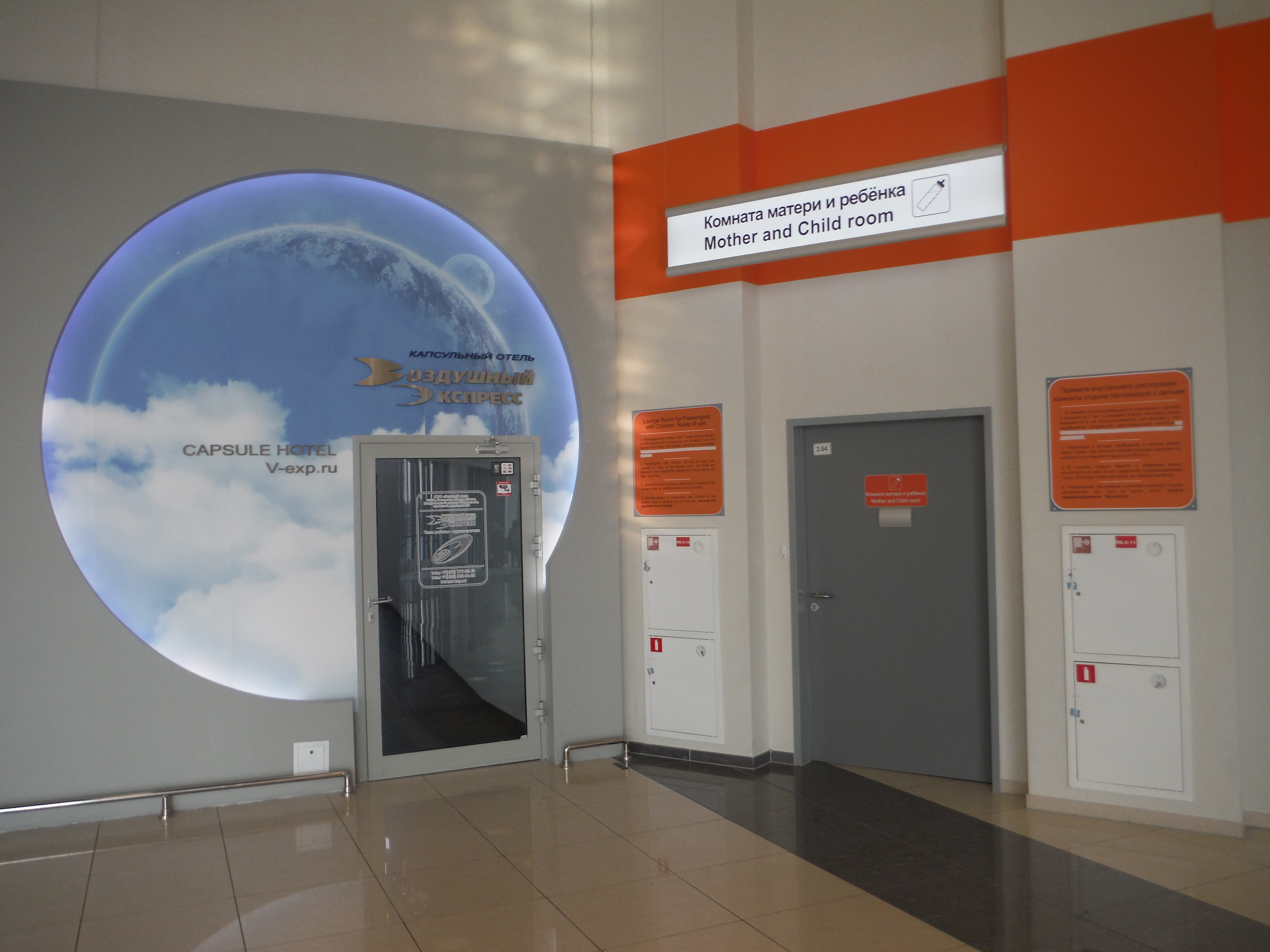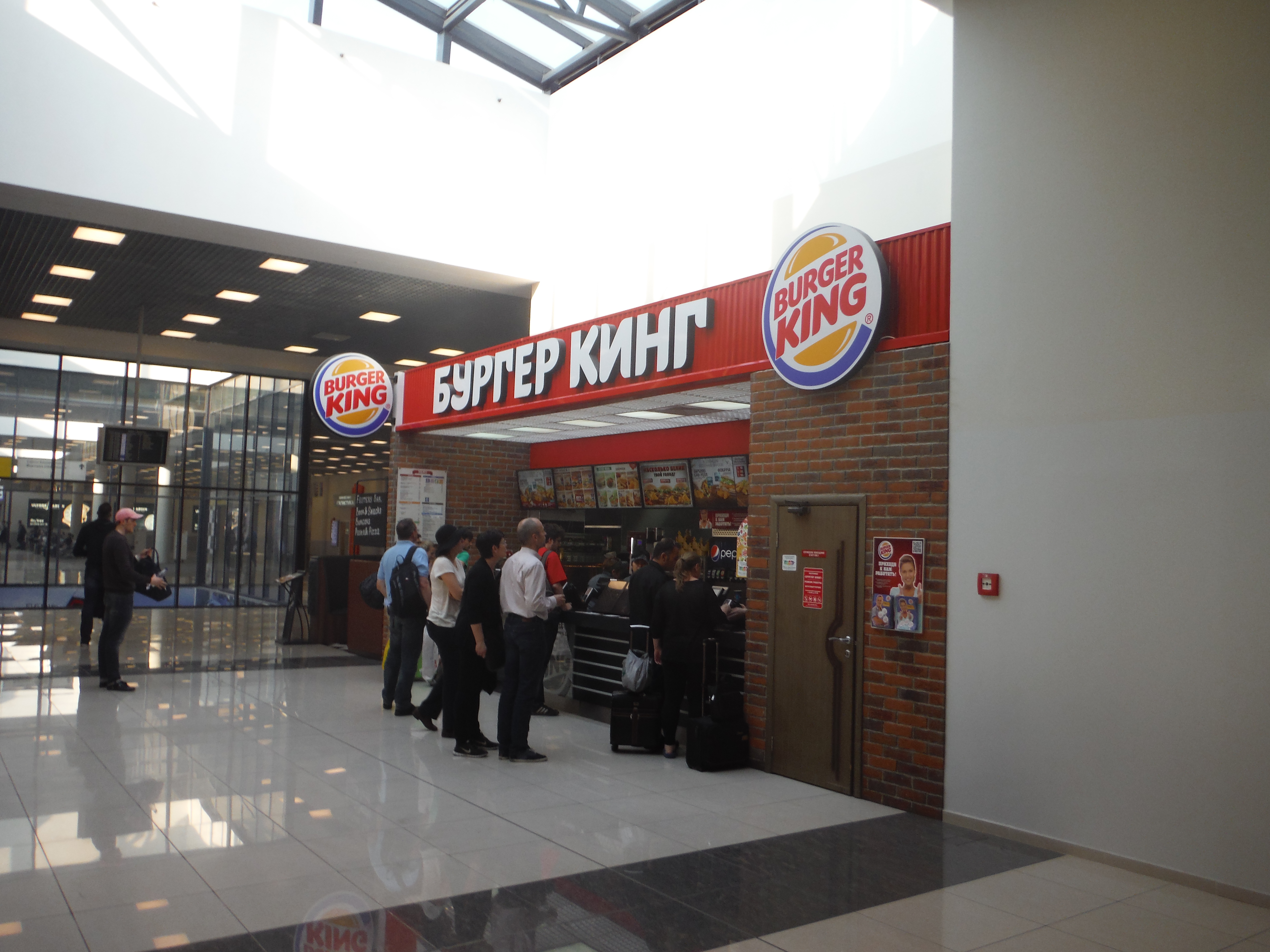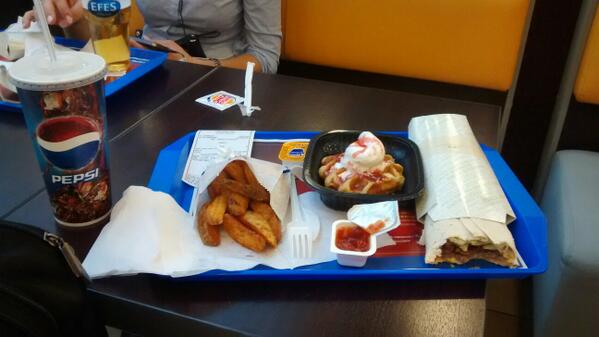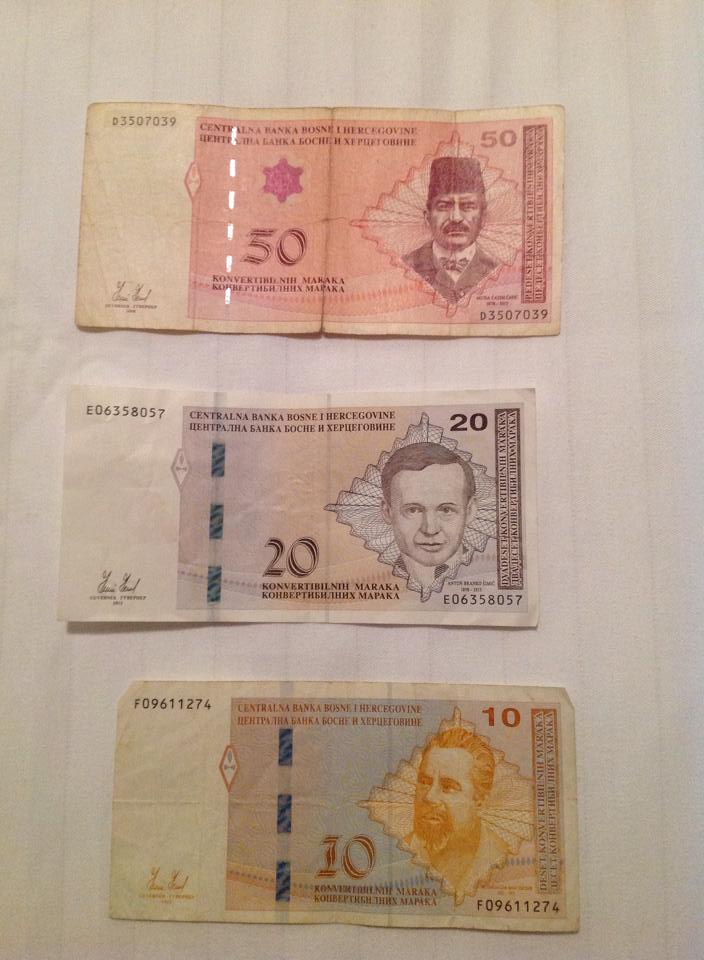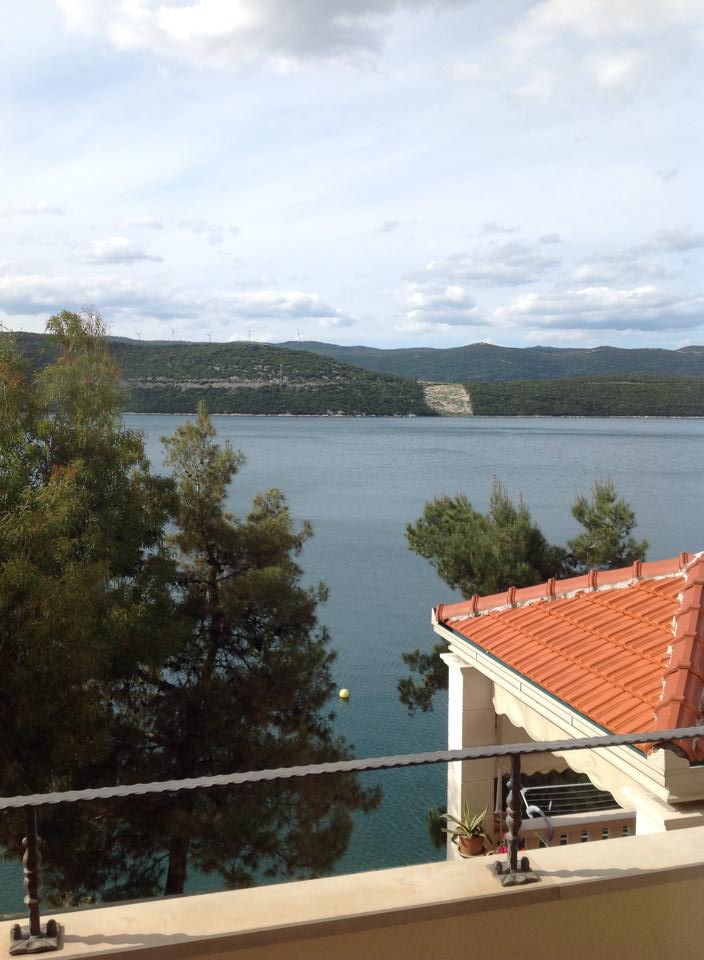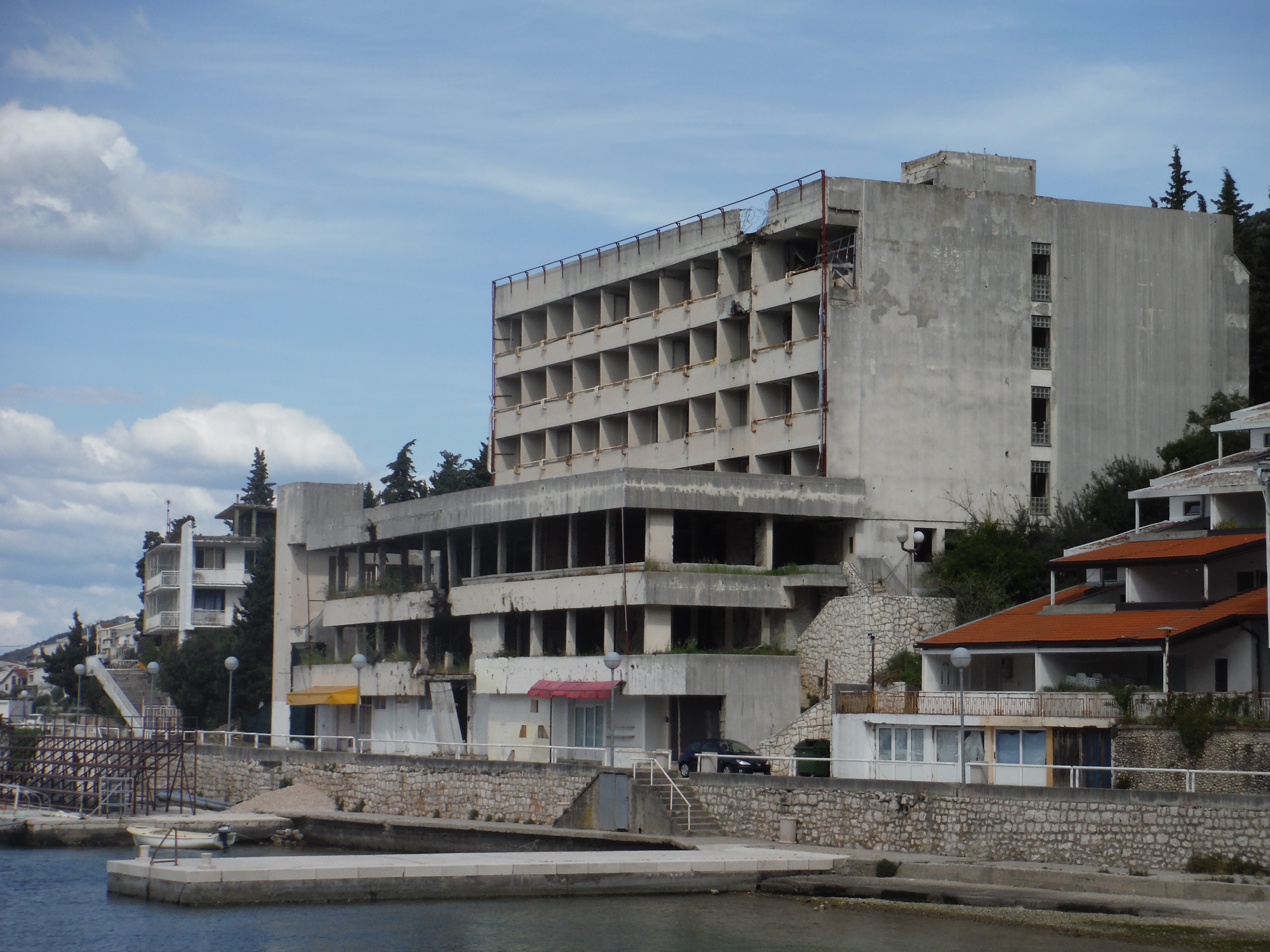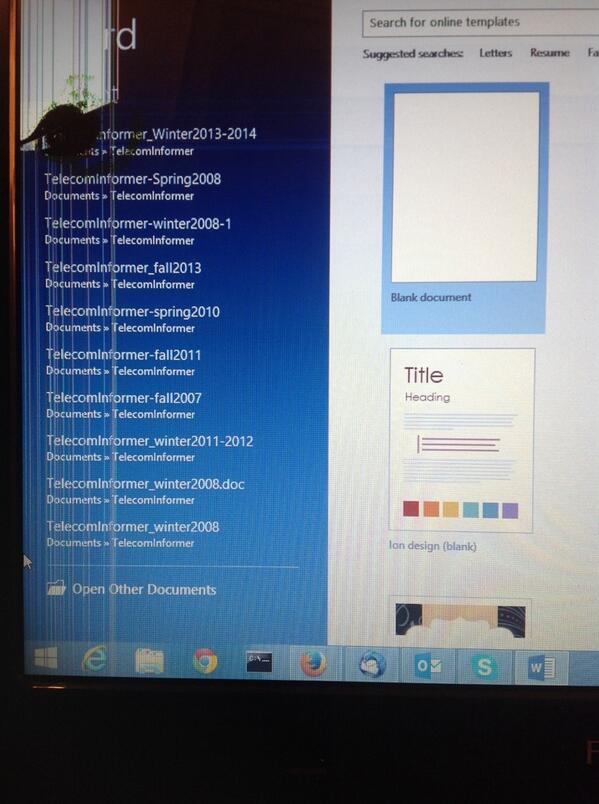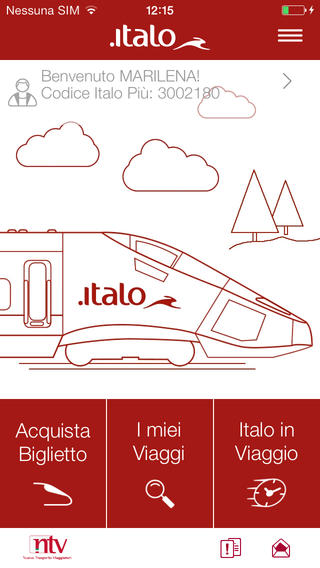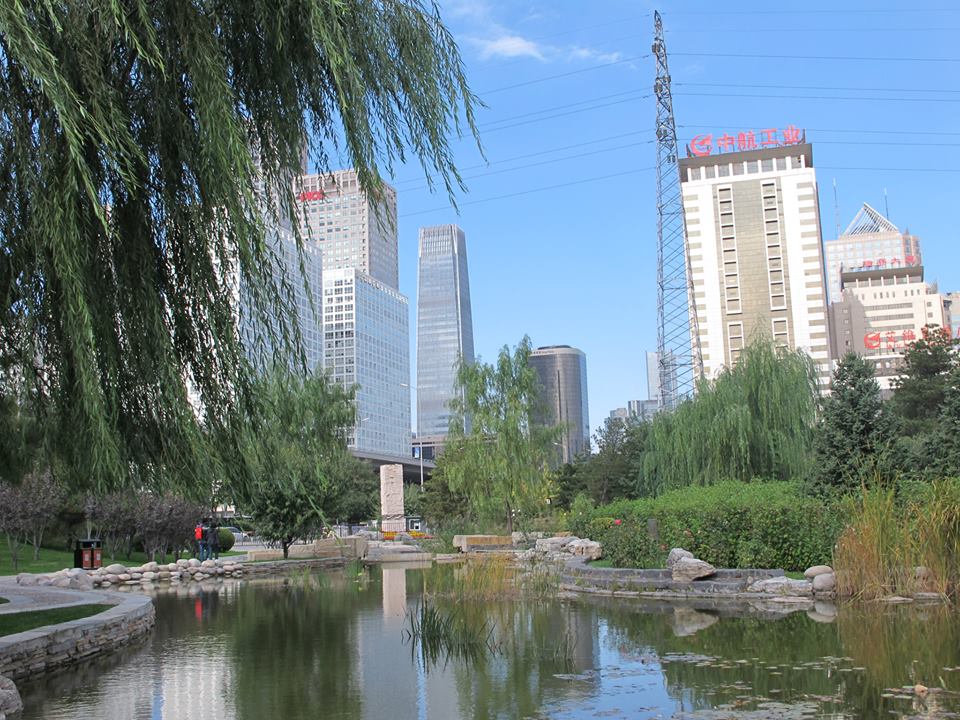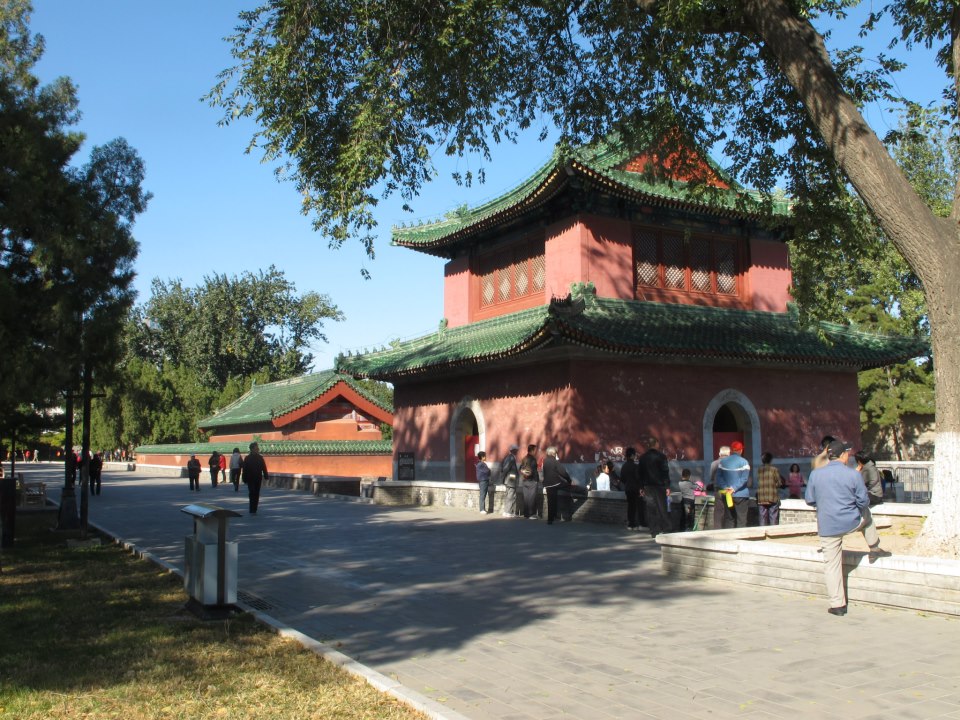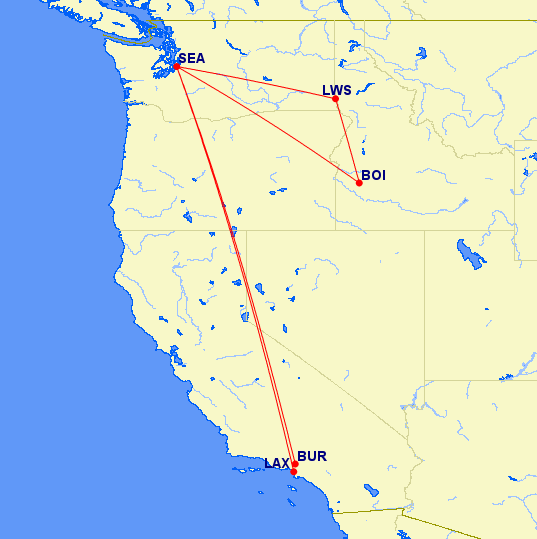One of the best ways to cover long distances in China is by flying. China has only a small number of domestic airlines and virtually no low cost carriers, but they do compete fiercely. However, if you book flights with in China on a Web site that isn’t based in China, you’re probably paying too much. This is because Chinese airlines typically publish only the regulated full “Y” fare for intra-China flights on foreign sites. These fares are published in the USD currency, which is a big clue that you’re probably looking at a higher price than you should. You will almost never see any discount fares published on foreign sites for intra-China flights. Here’s an example of a search on Orbitz for a one-way flight between Beijing and Kunming:
As you can see, there is very little variation between the different airlines. Full “Y” fares are regulated in China, so the only difference that you will typically see is in the taxes based on the routing you choose, and this is negligible.
However, what if I said you could book the very same flight for about 1/3 the price if you did something a little differently? I’m guessing you’d be interested. The key is to use a Chinese Web site to book the fare. These can offer discounts that simply aren’t available anywhere else. How big a discount? You can save up to 80% by booking with a Chinese Web site and paying in the RMB currency.
Of course, Chinese Web sites can be difficult to use. Many of them, such as Qunar, aren’t available in the English language and can’t accept any method of payment other than direct debit from a Chinese bank. Others, such as Ctrip, advertise fares that often aren’t actually available for booking, so you end up having to rebook over the phone at a higher fare. And finally, if sites actually allow you to book a fare and do accept foreign cards, there is often a 3% surcharge. Elong falls into this category.
If you are comfortable flying with Air China, their local Chinese site works best with non-Chinese credit cards, there is no surcharge for foreign credit cards, and their English-language Web page works relatively well. You even get a 10 RMB discount for booking online. Oddly enough, I can use their site just fine with my Capital One credit card, but it doesn’t work correctly with my Chinese-issued UnionPay credit card from ICBC. Air China is a member of StarAlliance and offers some form of mileage credit with most of their fares (note this is not the case with China Eastern and China Southern, which exclude most discount fares from any mileage earning with SkyTeam partners). The local sites for China Southern and China Eastern are there for you to try, but I have never successfully managed to book anything with them. As you can see, the fare is slightly more than 1/3 the price advertised on Orbitz (note that airfares in China do not include taxes and fuel surcharge, which adds 170 RMB to the total).
If you find that booking tickets for domestic Chinese flights online is too much of a task, you’ll find offices of CITS and other travel agencies in many locations throughout Chinese cities. Most airlines also have a city ticket office. Online fares are usually a little cheaper than booking through an in-person travel agency or airline ticket office, but the savings usually amounts to about $5 (if even that). It can sometimes be cheaper to buy a ticket through a travel agency versus booking directly through the airline, because travel agencies often buy discount seats in bulk and resell them.
One final thing to note: the farther in advance you book Chinese domestic flights, the more they will usually cost! However, flights completely sell out very often, especially around holiday periods. If you wait until the last minute to book, you may find that there are no seats available at any price!

